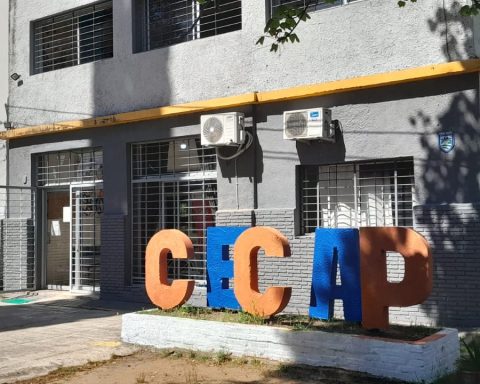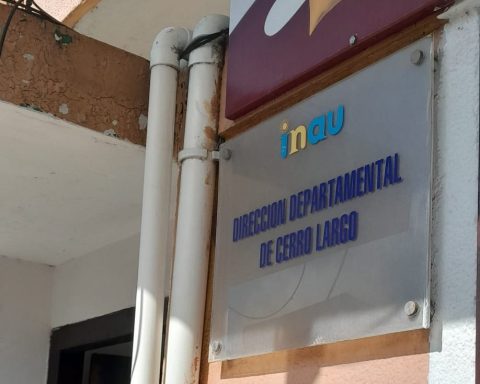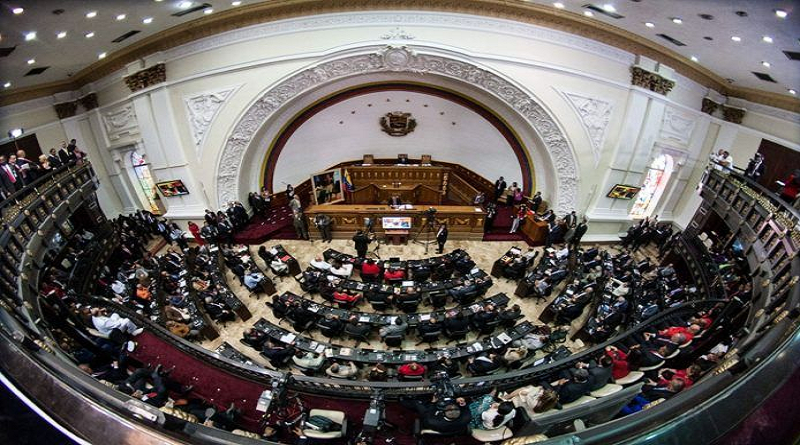The Uruguayan exports to Argentina They have been traveling for years on a winding road. In more than a decade, the different administrations of the neighboring country have been adopting, with greater or lesser intensity, industrial protection and import restriction measures that stopped the dynamic bilateral trade flow that existed up to that moment.
Now, while Brazil promotes the creation of a type of currency for commercial exchange with Argentina first and then with other Mercosur countries or the region, Uruguayan industrialists are betting on revitalizing the Local Currency Payment System (SML).
The Chamber of Industries (CIU) began contacts with local authorities after Argentina ordered an increase in a list of imported products that have local manufacture in the middle of last year, among other measures. To purchase these products abroad, importers began to access dollars in 180 days and therefore this became the term for payment of the purchase. That is to say, that the Uruguayan companies that sell these inputs to Argentina charge the export after 6 months.
There the CIU detected an opportunity in the SML. The system allows countries in the mercosur the possibility of making collections and payments in their respective currencies.
As an example, a local company sells to Argentina, invoices the export in Uruguayan pesos and the buyer pays in Argentine pesos. To settle the operation, the central banks carry out a clearing.
Photo: Leonardo Carreno.
exports
In 2008 the system began to operate between Argentina and Brazil. In 2009, Uruguay and Brazil signed a bilateral agreement and the Local Currency Payment System between the two countries came into force a year later..
The union maintained contacts with authorities of the central bank (BCU), the Ministry of Economy (MEF) and the Ministry of Foreign Affairs.
From the camera they reported that they also the absence of Banco República was detected (BROU) as a body attached to the SML and then the CIU took steps to incorporate the bank to operate in the system.
The union also indicated that at the end of the year a meeting was held between the central banks of Uruguay and Argentina to discuss the issue. “At this moment, both banks are working hard to find a course of action and carry out this proposal,” he said in a text.
In another line, the CIU wants to revitalize the Mercosur Industrial Council (created in 1994) with the objective of working on a common agenda and generating a more agile exchange of goods between the four countries, not being exclusively limited to the political development of the bloc.
Last year, Uruguay’s exports to Argentina were US$ 1.25 billion in 2022, more than double what was sold in 2021. The main products sold, according to the annual export report of the Uruguay XXI Institute, were soybeans and electricity .
In the first case, sales were for US$528 million with exponential growth, since in 2021 they had barely been for US$3 million. In the second case, US$ 133 million in electrical energy were exported with an interannual increase of 36%. Other products placed in the neighboring country were vehicles and auto parts.
Despite the restrictions currently applied by the government of Alberto Fernández, Argentina has consolidated itself as the fourth destination for Uruguayan exports.


















